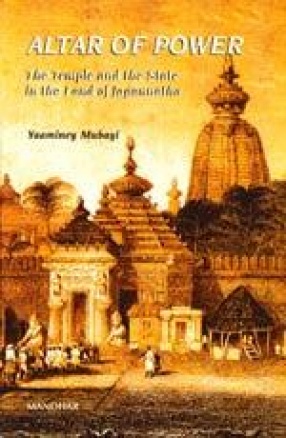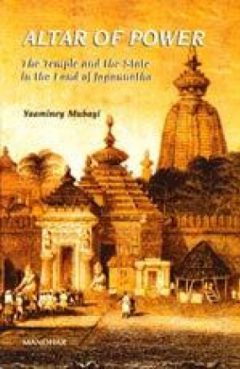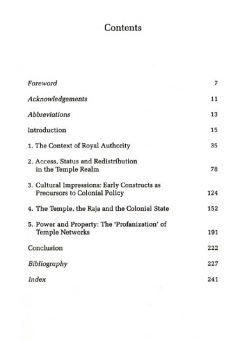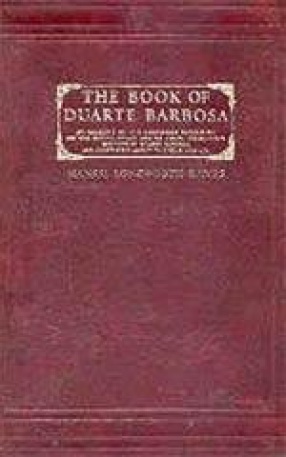Is it possible to remove political institutions from their cultural context? The question is a relevant one in the wake of recent debates on the role of religious and social identities in the functioning of the modern Indian state. The ritual bond between the Jagannatha Temple, Puri and the Gajapati kings of Orissa aptly demonstrates the enduring power of such a link. This book explores the evolution of this relationship since the construction of the Temple by Anantavarman Codagangadeva in AD 1147, until the takeover of Orissa by the British East India Company in 1803. When this link was taken over by the colonial regime we see a fundamental shift in the premise underlying the Temple-State relationship. Certain institutions were retained to promote the notion of the ‘Compact Ideal’. Yet these were bereft of their contextual framework. The Gajapati raja was removed from the throne but was given authority over Temple functioning. The Temple was de-linked from the networks of resource distribution that connected it with the land. Yet it was circumscribed and denoted as a ‘separate’ sacred entity, removed from the State, an expression of the Company regime’s benevolent tolerance of local customs and beliefs. The unique situations of conflict and contradictions that marked the clash between ‘traditional’ and ‘modern’ systems of governance of social institutions, form the substance of this study of the Jagannatha Temple.
Altar of Power: The Temple and the State in the Land of Jagannatha Sixteenth to Nineteenth Centuries
In stock
Free & Quick Delivery Worldwide
reviews
Bibliographic information
Title
Altar of Power: The Temple and the State in the Land of Jagannatha Sixteenth to Nineteenth Centuries
Author
Edition
1st ed.
Publisher
ISBN
9788173045868
Length
262p., Notes; Bibliography; Index; 23cm.
Subjects







There are no reviews yet.